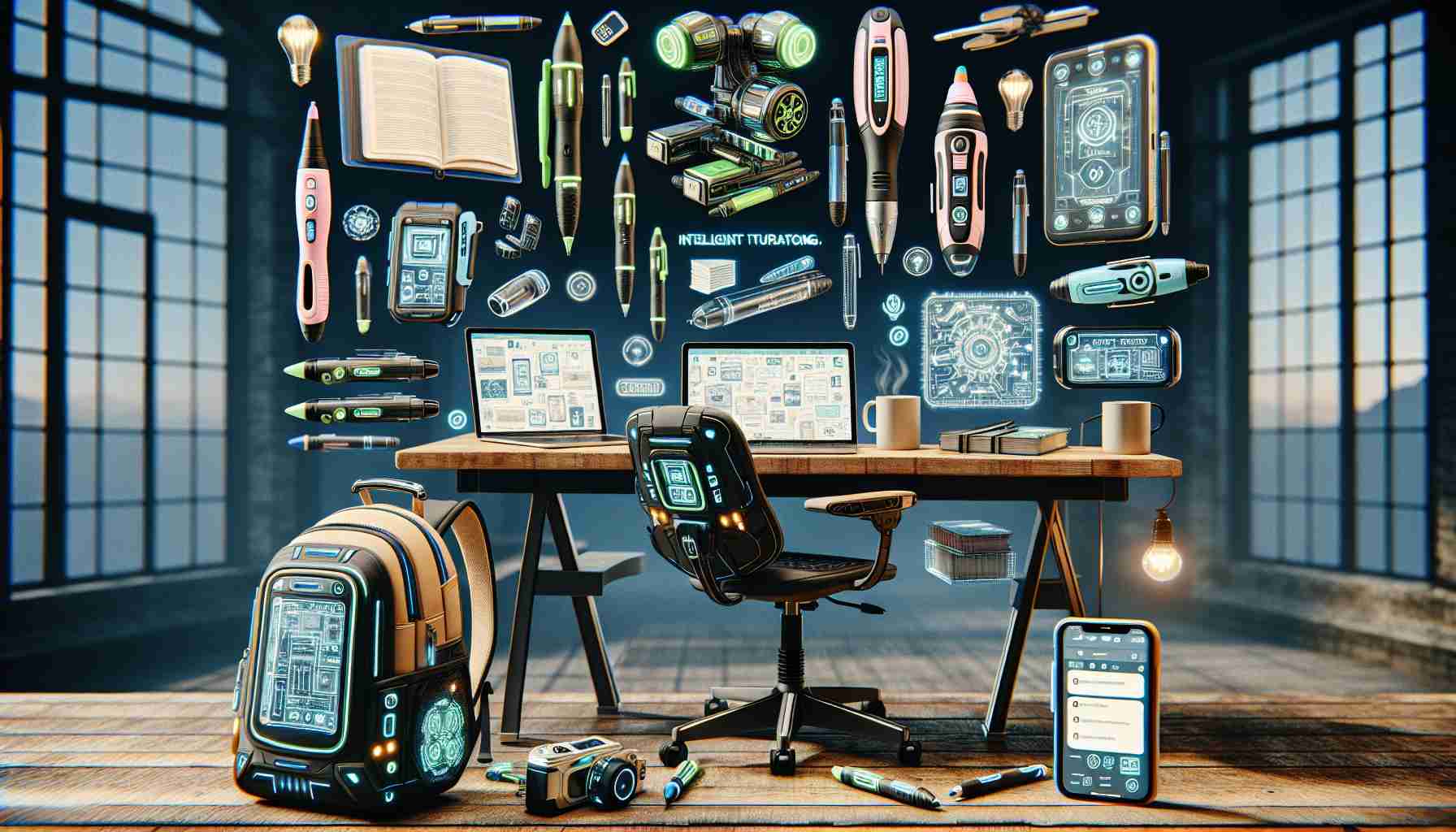
A new trend has emerged where students are finding innovative ways to keep their phones discreetly with them at school. Instead of hiding phones in bulky cases or pockets, students are now using cleverly crafted items such as disguised power banks and water bottles. These items are designed to help students evade school inspections regarding personal electronic devices.
In response to increased interest in these “hidden phone gadgets,” educators and parents are concerned about the impact on school regulations and student discipline. The Ministry of Education has strict guidelines regarding students bringing personal phones to school, emphasizing the importance of parental consent and proper storage if phones are deemed necessary on campus.
These new devices, such as specially designed power banks and concealed compartments in everyday items like water bottles, have become popular among students due to their low cost, convenience, and perceived safety. While marketed as tools to outsmart school authorities, there are concerns about potential misuse, such as cheating during exams.
As the market for these disguised phone accessories expands, there are growing calls for regulatory authorities to address the ethical implications of such products. Advertising strategies that promote evasion of school rules and encourage deceptive behavior among students may violate social norms and regulations aimed at protecting minors.
While the use of these “student convenience gadgets” poses challenges to school management, it also highlights the need for a balanced approach to technology regulation. Rather than relying solely on prohibitive measures, educators and parents should focus on a combination of monitoring phone use and enriching students’ academic and extracurricular experiences.
Exploring New Inventions for Student Convenience: Enhancing Educational Experiences
In the realm of student convenience, innovative solutions continue to emerge that cater to the needs and preferences of modern learners. While disguised phone gadgets have sparked discussions around school regulations and parental concerns, there are other remarkable inventions designed to streamline academic life for students.
What are some lesser-known inventions aimed at enhancing student convenience?
One intriguing development is the emergence of smart backpacks equipped with built-in charging ports, anti-theft features, and organizational compartments. These tech-savvy backpacks not only provide students with a stylish and functional accessory but also ensure they can stay connected and organized throughout their busy school day.
Another notable invention is the introduction of digital textbooks that offer interactive features, multimedia content, and personalized study tools. These digital resources not only lighten students’ physical loads but also enhance their learning experience by providing engaging and dynamic educational materials.
What key challenges or controversies are associated with these new inventions?
One of the primary challenges facing these new inventions is the issue of affordability and accessibility. While some students may benefit from these technological advancements, others from underserved communities may face barriers to acquiring such tools, potentially exacerbating educational disparities.
Moreover, concerns have been raised regarding the potential distraction posed by these high-tech gadgets in the learning environment. Balancing the advantages of convenience and connectivity with the need for focused and productive study habits remains a key challenge for educators and parents alike.
What are the advantages and disadvantages of these new inventions?
The advantages of these new inventions lie in their ability to enhance students’ learning experiences, promote organization and efficiency, and adapt to the digital age of education. Smart backpacks and digital textbooks offer practical solutions to common student challenges, fostering a more engaging and interactive academic journey.
However, the disadvantages of these inventions may include over-reliance on technology, increased screen time, and potential privacy concerns related to data security. As students integrate these innovations into their daily routines, it is essential to promote responsible and mindful usage to mitigate any adverse effects on their well-being and academic performance.
For further exploration of cutting-edge educational technologies and inventions, visit EduTopia, a trusted resource for innovative approaches to teaching and learning.
In conclusion, the evolution of inventions aimed at student convenience signifies a shift towards a more digitized and efficient educational landscape. By addressing the key challenges and controversies associated with these innovations and leveraging their advantages while mitigating potential drawbacks, educators and parents can foster a balanced and enriching academic environment for students to thrive.
